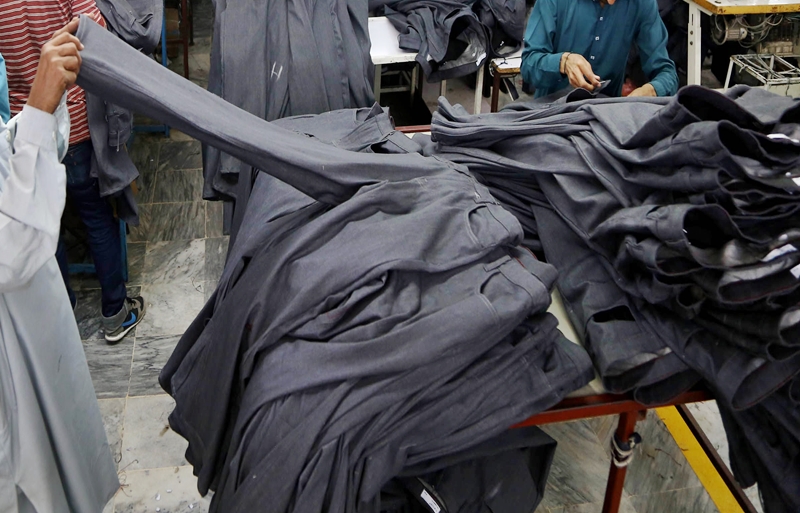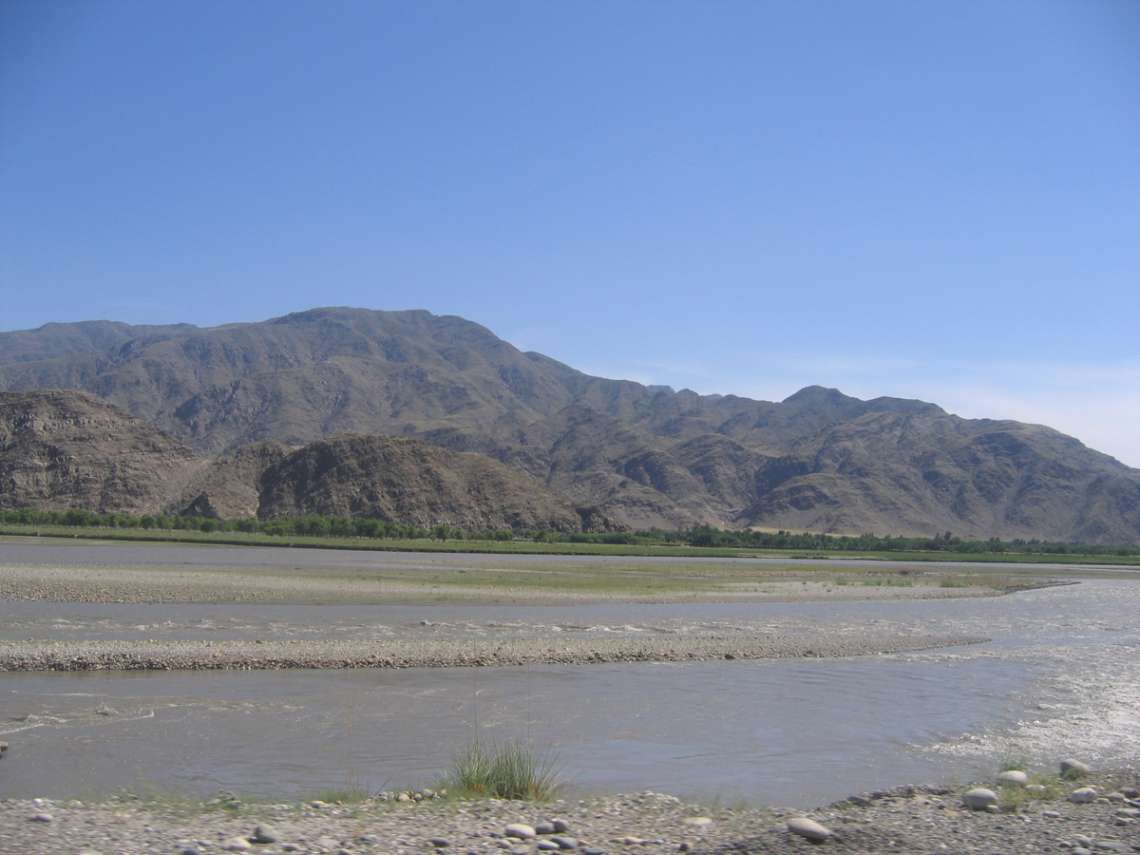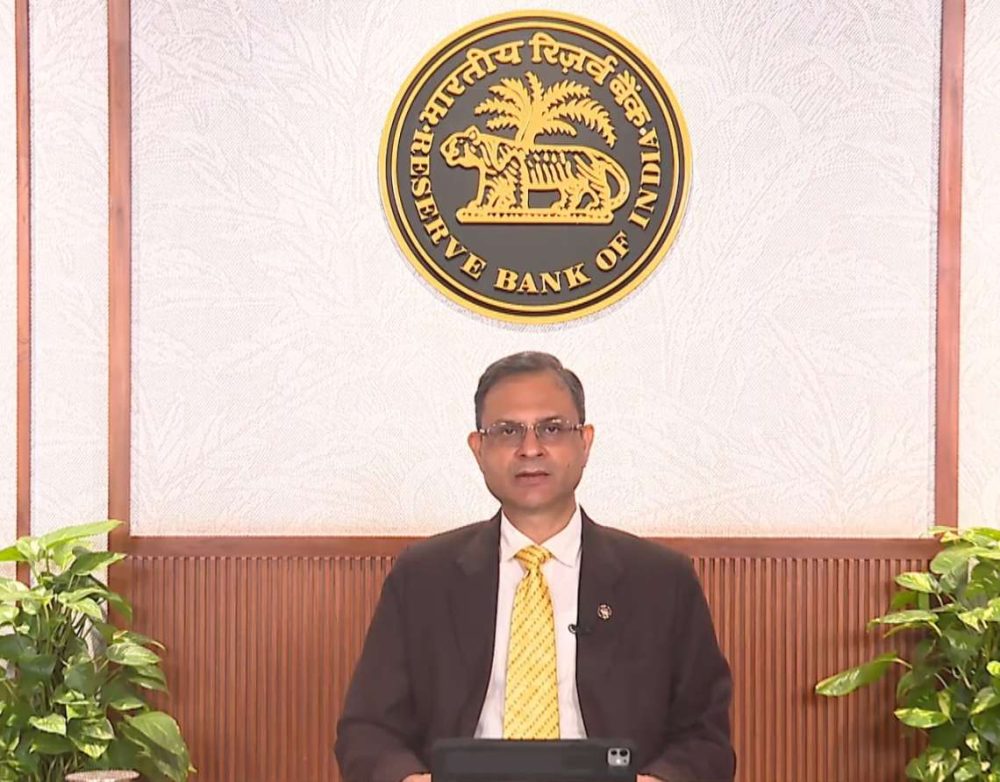With over 600 certified PPE-producing companies, India is well-positioned in a market expected to exceed $92.5 billion by 2025, up from $52.7 billion in 2019…reports Asian Lite News
India’s textile industry is expanding at a rapid pace with the country’s textile exports projected to touch $65 billion by the financial year 2025-26, according to Invest India.
Projections indicate that textiles production in the country for both the domestic and export markets will grow at a compound annual growth rate (CAGR) of 10 per cent to reach the $350 billion mark by 2030, an Invest India report states.
The figure has been estimated with respect to the Indian textile and apparel market size of around $165 billion in 2022, of which the domestic market constitutes $125 billion and exports account for $40 billion.
“PM Modi’s bold fibre-to-fashion vision is guiding the textile industry to become a driving force in the global market while bringing competence and technology to local players,” Invest India said in a post on social media platform X.
India has also emerged as the second-largest manufacturer of personal protective equipment (PPE) globally. Production of PPE had picked up during the devastating COVID-19 epidemic when India emerged as an important exporter to cater to the needs of the world market.
With over 600 certified PPE-producing companies, India is well-positioned in a market expected to exceed $92.5 billion by 2025, up from $52.7 billion in 2019. The textile industry is also a major employment driver, providing direct jobs to 45 million individuals and an additional 100 million in related sectors, the report added.
India is the largest cotton producer (23 per cent) in the world and has the highest area under cotton cultivation (39 per cent of the world area). Cotton plays a major role in sustaining the livelihood of an estimated 6.5 million cotton farmers. As a result, there is ample raw material available for the textile industry.

Several factors contribute to the industry’s growth, including India’s world-class infrastructure, a focus on technical textiles driven by demand from sectors such as automotive, healthcare, and infrastructure, and the availability of raw materials and skilled labour, it said.
The Indian government’s Production Linked Incentive (PLI) Scheme introduced with an allocation of Rs 10,683 crore has given a fillip to the textiles industry in the country. The initiative aims to scale up the production of man-made fibre apparel and fabrics as well as technical textiles.
Under the PLI scheme, 64 applications have been approved, involving a proposed investment of Rs 19,798 crore, with a projected turnover of Rs 1,93,926 crore and anticipated employment for 2,45,362 individuals. The policy has succeeded in attracting robust FDI flows into the textile sector. Investments are planned in Madhya Pradesh, Uttar Pradesh, and Rajasthan.
From April 2000 to March 2024, India attracted $4.47 billion in FDI in textiles, including dyed and printed fabrics.
India is one of the world’s largest producers of textiles and apparel, contributing approximately 2.3 per cent to the country’s GDP, 13 per cent to industrial production, and 12 per cent to exports.
The country holds a 4 per cent share of global textile and apparel trade, reflecting a significant share in the global market.
ALSO READ: B’desh Unrest Could Benefit India’s Exports














